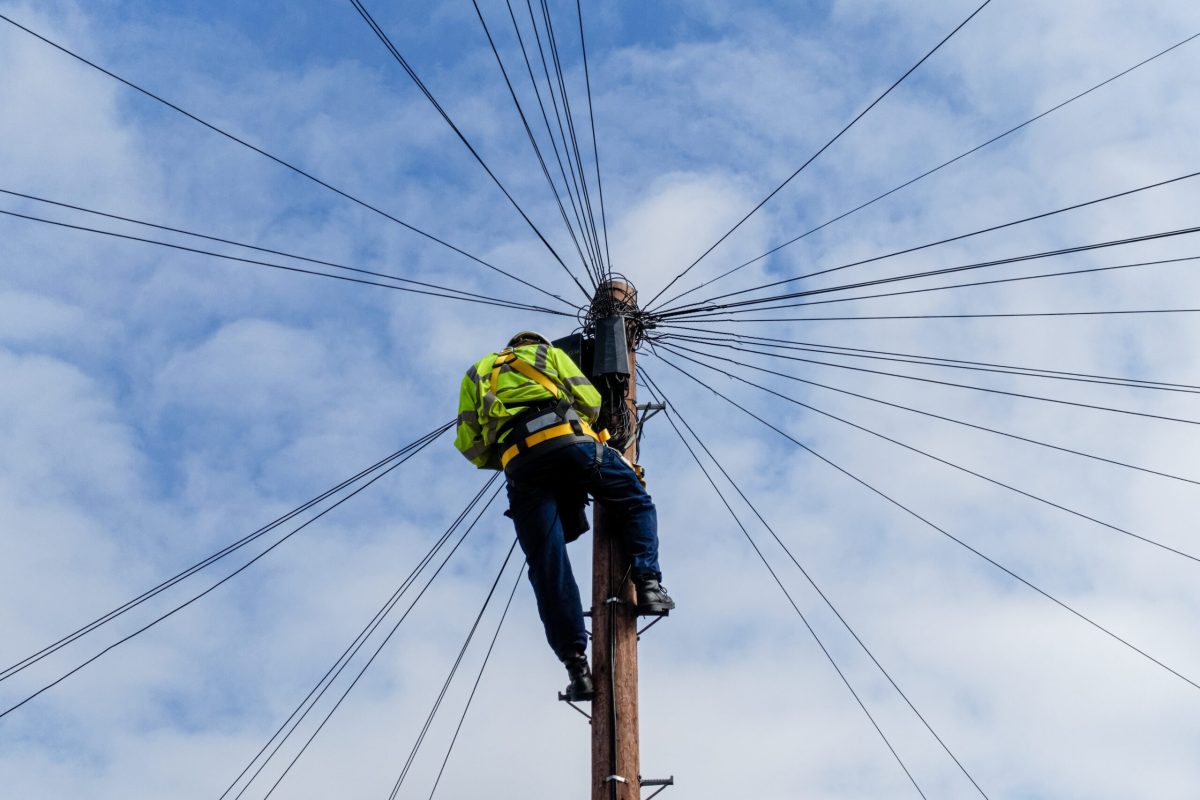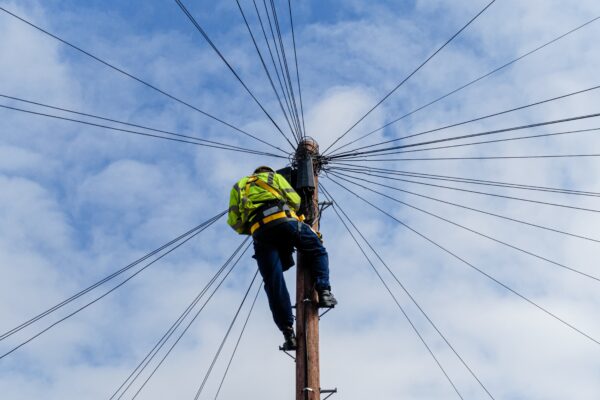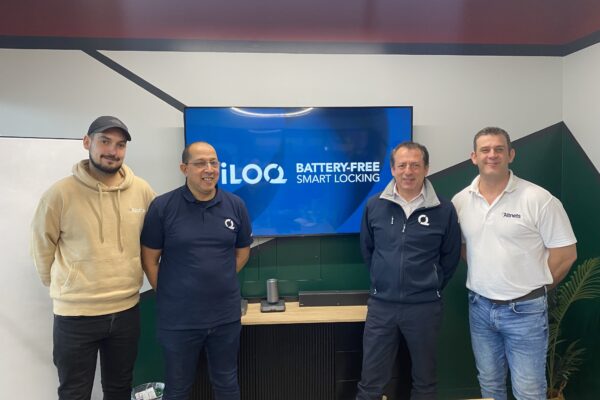As the UK strives to develop its digital infrastructure, the priority frequently falls on speed and affordability when it comes to planning builds. However, as the industry evolves, it’s becoming more and more clear that long-term performance, dependability, and flexibility must take priority. In this developing landscape, one factor stands out as essential yet frequently overlooked: Total Cost of Ownership (TCO).
All too often, TCO is a financial afterthought – something to be resolved after networks have been built. In reality, it ought to serve as a guiding concept from the very beginning. Making infrastructure investments entirely on upfront capital expenditures ignores the long-term ramifications of maintenance, upgrades, problem resolution, and customer satisfaction. The case for TCO becomes even more pressing when you consider real-world challenges on the ground. When practical problems are taken into account, the justification for TCO becomes much stronger.
Traditional fibre installation methods are becoming increasingly difficult to scale due to a highly documented lack of experienced and skilled fibre splicing engineers. Labour shortages are driving up costs, stalling deployments, and causing operational bottlenecks, particularly in metropolitan regions where time and access are limited.
That is why a growing number of network operators in Europe are embracing a smarter, lifecycle-focused strategy to network architecture. This shift concentrates on the transition from traditional fibre splicing to pre-terminated, hardened connection solutions. These plug-and-play technologies are designed for durability and simplicity. By removing unstable splice points and expediting installation, they alleviate many of the issues that raise costs and risks over time.
The benefits have already been felt:
- Increased reliability and uptime – hardened connections operate consistently even in harsh outdoor or high-traffic conditions.
- Long-term maintenance expenses are lower as networks have fewer failure risks, corresponding to fewer issues, callouts, and interruptions.
- Faster, more scalable deployments – simpler installations eliminate the requirement for specialised staff, allowing engineers to be deployed more efficiently.
- Improved operational effectiveness – standardised components enable more predictable rollouts and avoid complexity.
When viewed through the lens of TCO, pre-terminated systems don’t just reduce cost—they add value. When examined through the perspective of TCO, pre-terminated systems do more than merely decrease costs; they provide value. Networks designed for long-term performance are more capable of handling increasing data needs, encourage digital innovation, and maintain consumer loyalty. Furthermore, for ISPs considering future consolidation or sales, improved construction quality increases asset value.
Altnets believes it is time to include TCO into the foundations of all telecom deployment decisions. Not as an afterthought, but as a strategic metric for forward-thinking networks.
Altnets recently discussed these findings at the ISPA Business Summit, where we demonstrated how hardened connectors and lifecycle-based infrastructure solutions may decrease long-term costs, simplify rollouts, and create networks that withstand time. The reaction made one thing very clear: the demand for smarter, more robust connections is increasing.
Let’s keep the discussion going. If you’re planning your next network build or searching for methods to improve your current infrastructure, we’d love to discuss ideas. Together, we can develop tomorrow’s networks.
Read the full article [here].




